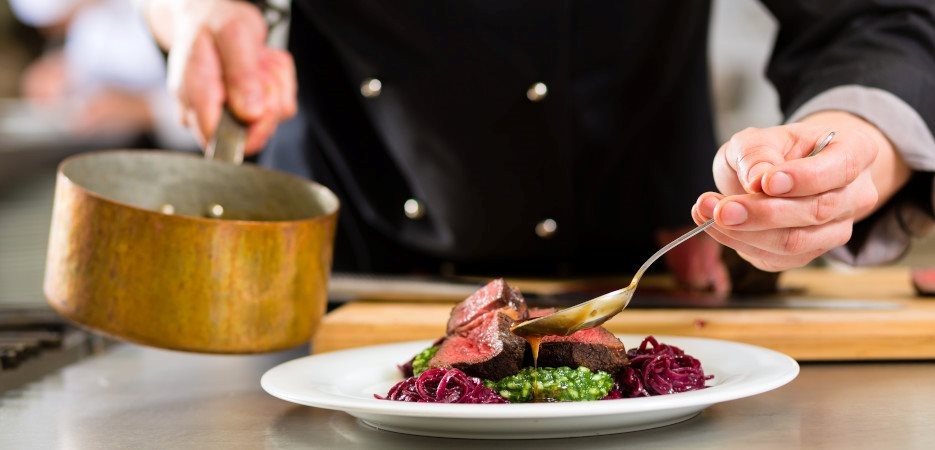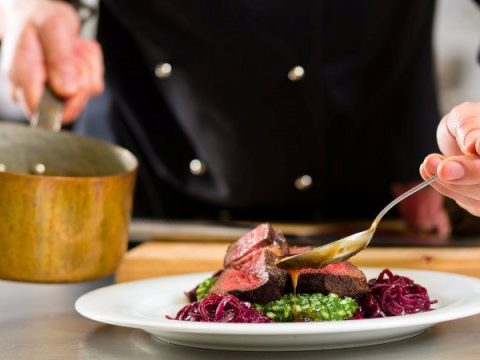Cooking Tricks from the World’s Top Culinary Schools
When you’re new to the world of pots, pans, heat techniques, and the secrets of spice blending, the culinary arts can feel overwhelming. Don’t be intimidated—cooking is like any skill: the more you practice, the better you become. Build a strong foundation and expand your repertoire by experimenting with new dishes and recipes.
Key Kitchen Rules
1. Keep Your Chef’s Knife Sharp
First lessons focus on knife skills: uniform cuts not only look professional but cook evenly. Master techniques like julienne, chiffonade, brunoise, and tournée—but none work without a razor-sharp blade. A dull knife is a dangerous knife.
2. Practice Patience
Patience is fundamental. Soups and stocks simmer slowly, requiring gentle skimming and attention. Many recipes demand time and focus—rush, and you risk spoiling the result.
3. Cut Vegetables Uniformly
Smaller pieces cook faster and absorb more flavor; diagonal cuts give an “al dente” tip and a softer base. Mixing shapes creates varied textures and more interesting dishes.
4. Learn to Work in Tight Spaces
Pros maintain an orderly workspace even in cramped kitchens. Clear your counter of unused gadgets and clutter—organization boosts efficiency and minimizes mistakes.
5. Clean As You Go
Wipe down surfaces and load the dishwasher while cooking. A clean station prevents cross-flavors and keeps your workflow smooth.
6. Know Your Ingredients
Understand each item’s properties. Butter brings flavor but burns at high heat—use neutral oils like canola for searing, and save extra-virgin olive oil for drizzling.
7. Never Waste Scraps
Vegetable peelings, meat bones, fish frames—transform them into stock instead of trash. It’s economical, flavorful, and eco-friendly.
8. When in Doubt, Salt
Proper seasoning highlights all ingredients. Add a pinch every time you introduce something new to the pan—just don’t overdo it!
9. Fix Over-Salted Dishes with Acid
A squeeze of lemon or splash of vinegar cuts through excess salt and brightens flavors.
10. Skip Pre-Marinated Meats
Often a cover for aging product. Learn basic marinades yourself—fresh meat and trusted spices beat supermarket shortcuts.
11. Keep It Simple for Large Groups
Focus on perfecting one standout dish rather than juggling multiple recipes. Add easy appetizers to keep guests happy.
12. Always Have a Towel Handy
Chefs keep a towel at their waist for spills and hot handles. It’s a small tool that saves major headaches.
13 “Stolen” Culinary School Tips
- Dry Meat Before Cooking: Pat protein completely dry—moisture leads to steam, preventing browning and crispness.
- Marinate for Juiciness: Even a quick marinade before searing keeps meat tender and flavorful.
- High Heat, One Flip: Sear on high, flip once, and let the crust release naturally when ready.
- Rest Before Slicing: Allow cooked meats to rest so juices redistribute and don’t run out when slicing.
- Finish Pasta in the Pan: Toss al dente pasta into the sauce for a minute—flavor absorption is unbeatable.
- Glossy Sauces with Butter: Stir in cold butter at the end for sheen and richness.
- Neutralize Tomato Acidity: A pinch of baking soda tones down overly tart tomato sauces.
- Toast Nuts & Spices: Dry-toast to deepen aromatic flavors before using.
- Use a Scoop for Uniform Bakes: An ice-cream scoop makes identical cookie or muffin portions for even baking.
- Warm Knife for Clean Cuts: Dip the blade in hot water between cake slices for neat edges.
- Invest in a Thermometer: Ovens vary; a probe ensures exact doneness and consistent results.
No chef has all the answers. People cook differently and invent amazing dishes. Keep an open mind, refine your technique, and enjoy the journey!


